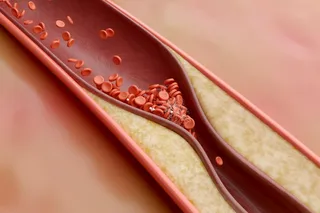About 8:15 in the evening on February 19, 1994, paramedics wheeled a young woman into the emergency room of General Hospital in the southern California city of Riverside. They shot through two sets of double glass doors, veered to their left, and parked her in a small curtained space marked trauma room one. The woman, clad in shorts and a T-shirt, was awake, but she responded to questions with only brief and sometimes incoherent utterances. She was taking shallow, rapid breaths. Her heart was beating too rapidly to allow its chambers to fill before they pumped, so her blood pressure was plummeting. The only thing unusual about her was her age, recalls Maureen Welch, a respiratory therapist who was assisting in the trauma room that night. Most patients who show up in an emergency room with such symptoms are elderly people, Welch says. This woman, the paramedics reported, was 31 ...
Analysis of a Toxic Death
A year ago two dozen emergency room staff were mysteriously felled by fumes emanating from a dying young woman. Investigations turned up nothing — until a team of chemists from a nuclear weapons lab got involved.

Newsletter
Sign up for our email newsletter for the latest science news
More on Discover
Stay Curious
SubscribeTo The Magazine
Save up to 40% off the cover price when you subscribe to Discover magazine.
Subscribe













